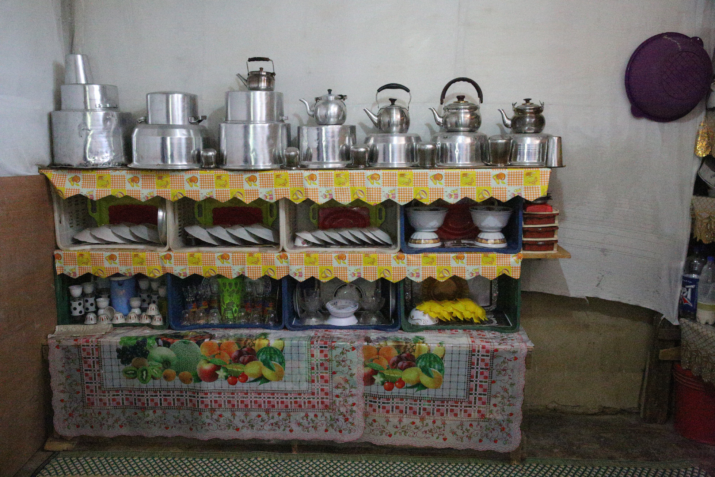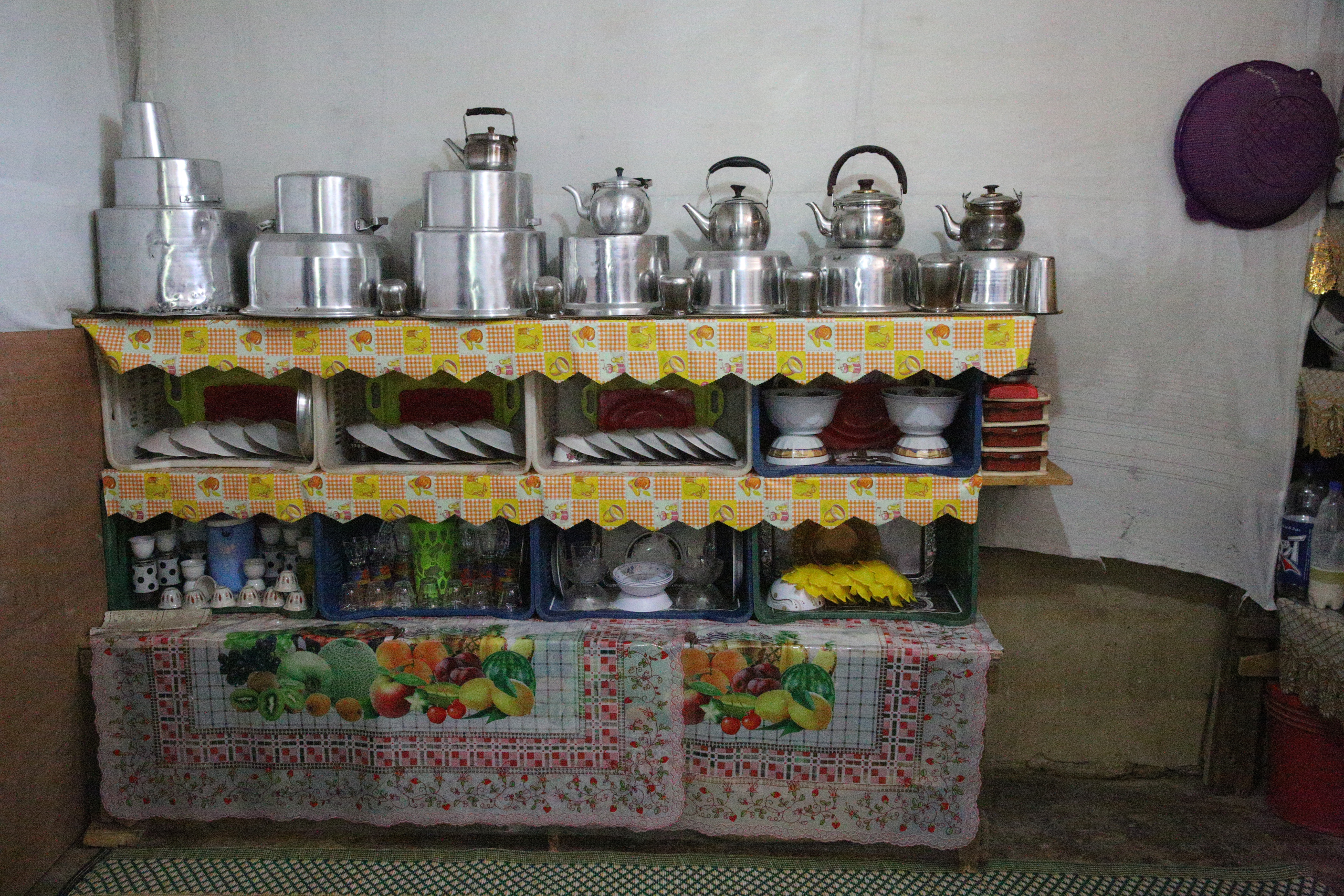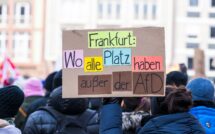

An introduction to a roundtable, Forced Migration.
In 2023, an estimated 117 million people were displaced from their homes worldwide.[1] Europe alone received more than 1.1 million asylum applications in 2023, 80 percent of which were still pending at the end of the calendar year.[2] In addition, internal displacement within Europe’s borders is also on the rise. Over 8 million people were internally displaced at the end of 2022, 5.9 million of whom were displaced due to the ongoing war in Ukraine.[3] These numbers are staggering, especially compared to the situation ten years ago. In 2013, the number of displaced individuals, an estimated 51.23 million people worldwide, was less than half the current figure.[4] However, due to many structural and emergent factors, these trends shifted soon after 2013. By 2018, nearly 70 million people were displaced globally, and this number has continued to rise.[5] Europe in particular has seen a sharp increase in the number of people arriving at its borders. A peak occurred in 2016, as nearly 400,000 refugees and migrants crossed the borders into Europe.[6] Therefore, while the number of displaced individuals in 2024 is increasing, these flows are not unprecedented. What is often referred to as a migration “crisis” has in fact become an enduring aspect of an interconnected world where violence, environmental disaster, and political repression motivate many people to leave their homelands each year.
A recurrent topic in debates about displacement and resettlement is the (presumably non-Christian) religion of most newcomers as an obstacle to their integration in European societies. At the same time, religious communities in Europe and around the world have been at the forefront of engaging migrants and refugees. In this roundtable, we have brought together researchers whose work focuses on how religious communities have responded to migration in Europe. This scholarship emphasizes religion as a social and moral force within European societies that can serve to connect different groups in the face of policies that have failed to invest adequately in the livelihood of displaced individuals and populations. In her interview, Katherine Clifton, from the Religion and Forced Migration Initiative (RFMI) at Princeton University, attends to the role religion can play in building communities. The RFMI, funded by the Luce Foundation and hosted at Princeton’s Office for Religious Life, aims to build an oral history archive based on interviews conducted with refugees who have been resettled in the US. The institution is uniquely situated to facilitate such a project since learning about refugees’ religious identity, experience, and practice provides key insights into the personal lives of refugees. Clifton explains that the relationship between researchers conducting oral histories about the refugee resettlement process in the US and the populations intimately affected by these policies and processes must be grounded in trust. Such trust allows for the amplification and preservation of the lived experience of refugees. Furthermore, she highlights that research methods and outcomes must be adapted to fit the needs of interviewees and build research relationships. What this interview also shows is the value of sites such as NGOs and formal and informal academic institutions in understanding the experience of refugees. As Clifton describes, what started as an oral history project eventually expanded to support the development of lesson plans and other educational materials accessible through the project’s website.
The onus to integrate and to find senses and spaces of belonging while in transit or after resettlement often falls solely on the individual who is migrating. In this roundtable, scholars interrogate the pathways already in place and the capacities that can be developed to better support new arrivals in European countries, with particular attention to religious organizations. Challenging social boundaries in “Promises and Pitfalls of Multifaith Cooperation for Integration,” Lyck-Bowen spotlights the Goda Grannar project, a community-based collaboration between Islamic Relief, Stockholm Mosque, and the Katarina Parish in Södermalm. To support newcomers, these organizations have joined forces to provide translation services, information about local resources, and social support. By coordinating their efforts, these religious community organizations have been able to accurately tailor their services to the needs of “people of the move,” a term Lyck-Bowen prefers over prescriptive legal categories such as “refugees” or “asylum seekers” in order to emphasize the universal human rights that all people have to move and seek safety. Ultimately, Lyck-Bowen’s case study suggests that coalitions between local religious institutions could be developed in other European communities and adapted to the specific needs of newcomers in those contexts. While the scale of global migration may seem daunting, this roundtable shows that by identifying and investing in sustainable community answers through preexisting social and moral frameworks such as religion, we can resist the reactive positioning of a border “crisis” and instead provide a holistic response to the struggles of those arriving in Europe.
Part of this effort entails teaching about forced migration. In “Undergraduates Studying Migration in Switzerland and Malaysia: An Interview with Adam Brown and Parthiban Muniandy,” faculty program directors describe summer study opportunities, discussing the origins of each program and what needs to be considered when developing research projects in cities experiencing transnational flows of migration. While Brown seeks to develop strategies to meet the mental health needs of asylum seekers in Bern, Switzerland, Muniandy focuses on large urban informal refugee camps in a country where there is little official government support. Through these projects, students gain research and professional training as well as the ability to critically engage with the global border systems rather than perpetuate them. As a network of liberal arts institutions, the Consortium on Forced Migration, Displacement, and Education (CFMDE) has emphasized pedagogical interventions that address current border regimes, by developing courses and curricula, engaging in community learning partnerships, and supporting scholars and students at risk. The migration numbers we have seen in recent years are not unprecedented, nor is the panicked language used to describe them. Instead of heeding this rhetoric, we should attend to the many voices of scholars, researchers, activists, and displaced people, speaking and writing back with alternate visions for European and global just futures.
A Roundtable on Forced Migration.
-
“Refugees’ Oral Histories and Community Education: An Interview with Katherine Clifton” by Kirsten Wesselhoeft, Sam Cavagnolo, and Arlene Chen
-
“Promises and Pitfalls of Multifaith Cooperation for Integration” by Majbritt Lyck-Bowen
-
“Studying Migration in Switzerland and Malaysia: An Interview with Adam Brown and Parthiban Muniandy” by Kirsten Wesselhoeft, Janus Wong, and Sam Cavagnolo
Kirsten Wesselhoeft is Assistant Professor of Religion at Vassar College, where she also teaches in the Africana Studies, International Studies, and Women, Feminist, & Queer Studies programs. She is the PI and Faculty Director of the CFMDE. Her most recent book, Fraternal Critique: The Politics of Muslim Community in France, is forthcoming from University of Chicago Press.
Sam Cavagnolo graduated from Vassar College (class of 2022) where she studied religion & migration and displacement studies. Since July 2022, she has been the Coordinator for Research and Pedagogy with the CFMDE.
References
European Union Agency for Asylum. 2024. “Latest Trends Asylum 2023,” https://euaa.europa.eu/publications/latest-asylum-trends-2023-annual-analysis.
Internal Displacement Monitoring Centre. 2024. “Gris 2023: Internal displacement and food security,” https://api.internal-displacement.org/sites/default/files/publications/documents/IDMC_GRID_2023_Global_Report_on_Internal_Displacement_LR.pdf.
International Organization for Migration. 2024. “DTM Europe — Mixed Migration Flows to Europe, Yearly Overview 2023,” https://dtm.iom.int/reports/europe-mixed-migration-flows-europe-yearly-overview-2023?close=true.
Mainwaring, Ċetta. 2019. At Europe’s Edge: Migration and Crisis in the Mediterranean. Oxford: Oxford University Press.
United Nations High Commissioner for Refugees. 2022. “Global Appeal 2023,” https://reporting.unhcr.org/global-appeal-2023.
United Nations High Commissioner for Refugees. 2023. “Global Trends 2022,” https://www.unhcr.org/us/global-trends.
United Nations High Commissioner for Refugees. 2023. “Mid-Year Trends 2023,” https://www.unhcr.org/us/media/mid-year-trends-2023.
United Nations High Commissioner for Refugees. 2023. “Refugee Data Finder,” https://www.unhcr.org/refugee-statistics/download/
[1] United Nations High Commissioner for Refugees. “Global Appeal 2023,” November 22, 2022, https://reporting.unhcr.org/global-appeal-2023.
[2] European Union Agency for Asylum. ‘Latest Trends Asylum 2023,” February 28, 2024, https://euaa.europa.eu/publications/latest-asylum-trends-2023-annual-analysis.
[3] Internal Displacement Monitoring Centre. “Gris 2023: Internal displacement and food security,” May 11, 2024, https://api.internal-displacement.org/sites/default/files/publications/documents/IDMC_GRID_2023_Global_Report_on_Internal_Displacement_LR.pdf
[4] United Nations High Commissioner for Refugees. “Global Trends 2022,” June 14, 2023 https://www.unhcr.org/us/global-trends
[5] United Nations High Commissioner for Refugees. “Refugee Data Finder,” last updated October 24, 2023, https://www.unhcr.org/refugee-statistics/download/
[6] International Organization for Migration. “DTM Europe — Mixed Migration Flows to Europe, Yearly Overview 2023,” April 4, 2024, https://dtm.iom.int/reports/europe-mixed-migration-flows-europe-yearly-overview-2023
Photo: By permission only @ Houda Kassatly
Published on April 19, 2024.




